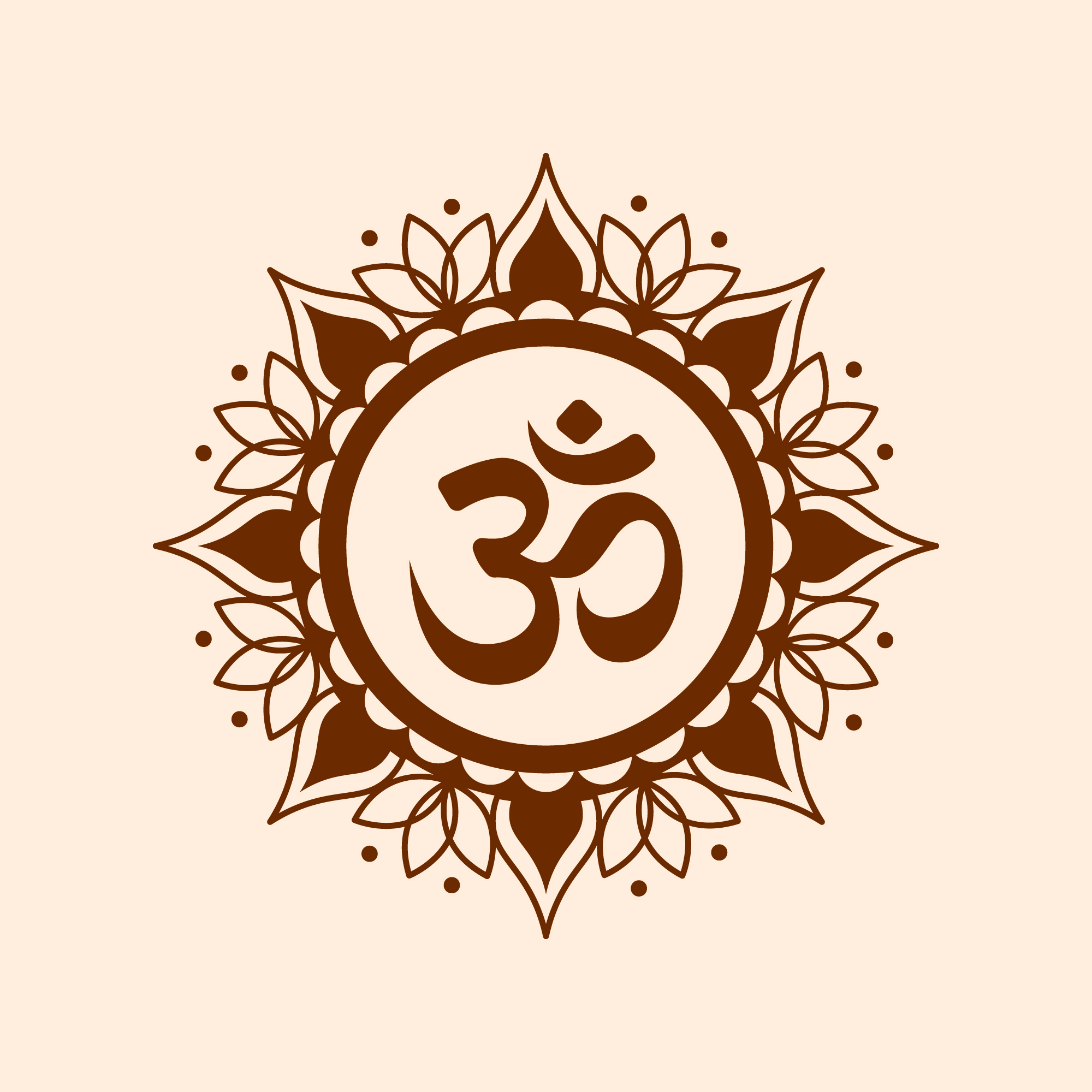Sanatan Dharma, often translated as “Eternal Religion” or “Eternal Order,” is the ancient and foundational spiritual tradition that forms the basis of Hinduism. Unlike organized religions with a single founder or prescribed doctrine, It is a vast and dynamic system of beliefs, practices, and philosophical concepts that have evolved over millennia.
The Meaning of Sanatan Dharma
The term “Sanatan” means eternal, and “Dharma” signifies duty, righteousness, or the cosmic order that sustains life. Together, Sanatan Dharma represents a universal and timeless system of ethics, spirituality, and natural laws governing the universe.
The Core Principles of Sanatan Dharma
It is guided by fundamental principles that uphold harmony in the universe:
Dharma (Righteousness) – Living in accordance with moral and ethical values.
Karma (Action and Consequence) – Every action has an outcome, shaping one’s destiny.
Moksha (Liberation) – The ultimate goal of human life is spiritual liberation.
Ahimsa (Non-violence) – Respect for all living beings.
Satya (Truthfulness) – Upholding honesty in thoughts and actions.
Origins and Historical Background
This religious tradition is not confined to a particular era or individual. It has its roots in the Vedic period, with scriptures like the Vedas, Upanishads, and Puranas offering profound wisdom on spirituality, philosophy, and the nature of existence. Over time, various sages and scholars, such as Vyasa, Adi Shankaracharya, and Swami Vivekananda, contributed to the rich tapestry of Sanatan teachings.
Sanatan Dharma vs. Hinduism
While Sanatan Dharma and Hinduism are often used interchangeably, there is a subtle distinction. Hinduism is a broad term encompassing various sects, rituals, and customs, whereas Sanatan Dharma refers to the eternal spiritual principles that transcend cultural and geographical boundaries.
Sacred Texts of Sanatan Dharma
The wisdom of this religion is preserved in revered scriptures, including:
The Vedas – The oldest spiritual texts containing hymns and rituals.
The Upanishads – Philosophical texts exploring the nature of reality.
The Bhagavad Gita – A discourse on duty, devotion, and self-realization.
The Ramayana & Mahabharata – Epic narratives illustrating dharma in action.
The Four Goals of Human Life (Purusharthas)
Sanatan Dharma outlines four fundamental objectives for a balanced and meaningful life:
1. Dharma – Righteous duty.
2. Artha – Material prosperity.
3. Kama – Desires and fulfillment.
4. Moksha – Spiritual liberation.
The Concept of God in Sanatan Dharma
It embraces both monotheistic and polytheistic beliefs. The Supreme Reality, Brahman, is formless yet manifests in various deities, such as Vishnu, Shiva, and Devi, each representing different cosmic functions.
Sanatan Dharma and Reincarnation
The cycle of birth, death, and rebirth (Samsara) is central to this eternal religion. Souls (Atman) undergo reincarnation based on karma, progressing toward ultimate liberation (Moksha).
Role of Guru and Spiritual Guidance
A guru (spiritual teacher) plays a crucial role in imparting wisdom and guiding individuals toward self-realization. The Guru-Shishya (teacher-disciple) tradition is a hallmark of Sanatan teachings.
Yoga and Meditation in Sanatan Dharma
Yoga and meditation are integral to spiritual growth. The Bhagavad Gita discusses four main paths of yoga:
Bhakti Yoga – Devotion.
Karma Yoga – Selfless action.
Jnana Yoga – Knowledge.
Raja Yoga – Meditation and discipline.
Festivals and Celebrations
This spiritual tradition is marked by vibrant festivals, such as:
Diwali – Festival of lights, celebrating good over evil.
Holi – Festival of colors, symbolizing joy and unity.
Navratri – Dedicated to the divine feminine energy.
Sanatan Dharma’s Influence on Society
The principles of this dharma have shaped Indian culture, ethics, law, and philosophy. Concepts like Ahimsa influenced global leaders like Mahatma Gandhi in advocating non-violence.
Frequently Asked Questions
What makes this Dharma different from other religions?
This Dharma is not bound by rigid doctrines but is a dynamic and inclusive spiritual path focusing on universal truths.
Is Sanatan Dharma only for Hindus?
No, This is a way of life that transcends religious labels, emphasizing moral and ethical living.
How can one follow this Dharma?
By practicing truthfulness, compassion, self-discipline, and seeking spiritual knowledge through scriptures and meditation.
What is the ultimate goal of this Dharma?
The ultimate aim is Moksha, or liberation from the cycle of birth and death, attaining union with the divine.
Are there different sects within Sanatan Dharma?
Yes, it includes various sects, such as Vaishnavism, Shaivism, and Shaktism, each emphasizing different aspects of divinity.
Conclusion
This Dharma is more than a religion; it is a profound spiritual science that has guided humanity for millennia. With its emphasis on truth, righteousness, and self-realization, it remains a timeless path for those seeking inner peace and enlightenment.
